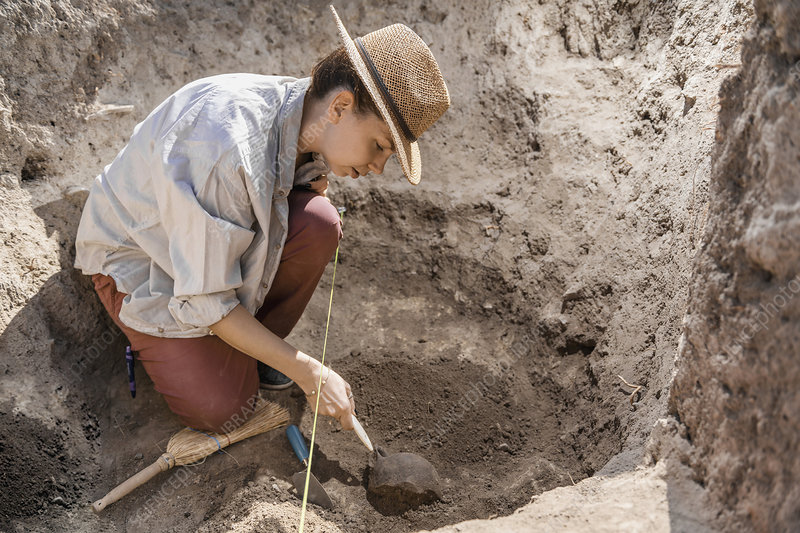
Because they were learning about the Stone Age in History, Year 3 were lucky enough to meet Steph, who is an Archaeologist at the University of York! For many of us – including our teachers – this was the first time any of us had ever met an archaeologist!
She has been an archaeologist who specialises in the Mesolithic period for 18 years, and she told us that she were on her first ever excavation when she was just 16 years old in Doncaster, and that inspired her to pursue a career in archaeology. She studied for a long time to become an archaeologist – she was at Durham University for 3 years doing an undergraduate degree, and then she spent a year doing her masters and almost 4 years doing her PHD.
Part of her job is looking at things that have been dug up and investigating them. She looks for fossils and bones from animals and humans, and weapons that may have been used. She had always wanted to be an archaeologist, ever since she was at school when she loved history and loved looking at castles!
We were so interested in what an archaeologist does, and we were amazed to find out that there are so many things you can do! You can teach at a university like she does, or you can excavate – but that’s not for everyone, because you can get very dirty! If you like Science, you can work in a lab and carry out scientific testing – did you know that we can tell where in the world a person is from just by looking at the chemicals in their teeth? If you’re a fan of Geography, you can look at the way landscapes have changed over time. Steph told us that she loves her job! She thinks it’s so cool to be the first person to find something in thousands of years.
She was able to tell us so much about the Stone Age! She told us that it is called the Stone Age because, although they used materials like leaves, leather and cloth, they are organic material and so they rot away. Stone is inorganic, and so stone is all that survived from that time – it’s not all they used, but it’s all that remains! She also told us how they would have made the materials for cave paintings – they would have used charcoal to draw, chalk for white and they would have made the red/ochre colour by mixing haematite (a rock which is rich in iron) with water.
So many of us were interested in a career in archaeology after speaking to Steph!

